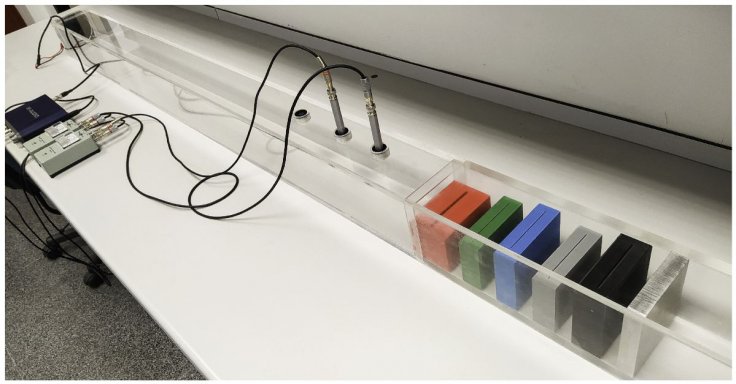One of the most common features that one can associate with the launch of space vehicles is the monstrous noise produced by the rockets as they blast-off during the initial phases of the launch. However, a new study suggests a method, which could reduce the intensity of this in the future.
Researchers from the Gandia campus of the Universitat Politècnica de València (UPV), Spain, have developed a novel system that reduces the noise that space rockets make during the first phases of the launch and employs devices known as Helmholtz resonator to achieve it. "We report a theoretical and experimental study of an array of Helmholtz resonators optimized to achieve both efficient sound absorption and diffusion," wrote the authors.
Reducing Acoustic Load

The project is largely an outcome of a thesis of Iván Herrero Durá, Ph.D. in Mathematics from UPV, and a collaboration with the European Space Agency (ESA), that enabled the development of the method. Herrero's study is focused on the understanding of methods that permit the reduction in the acoustic load that space rockets subjected during their ignition and takeoff.
Durá illustrated that during the first phases of the launch, the levels of acoustic pressure the rockets sustain can greatly affect light structures that are part of the space vehicle such as antennas and solar panels. This makes the reduction of the noise a paramount need.
"During the launch of space rockets, over 150 dB of sound pressure level are reached at certain frequencies. It is the highest level sound event produced by a human being, only behind some natural events like an earthquake," Iván Herrero explained.
Also, the extreme sound generated by the primary sources of the vehicle—the jet and engine—increases on account of the reflection of the sound at the bottom of the launch site. This is because it behaves like an acoustic mirror for the sound produced. As a result of the process, the energy released towards or back to the rocket and the various structures aboard the vehicle, which can cause significant economic losses and have safety consequences.

Designing A Prototype
The prototype developed Durá is based on an array of Helmholtz resonators—a device that can pick up specific frequencies from a sound. This optimizes the absorption of sound and its diffusion. Ultimately, it mitigates the levels of the sound pressure created during the take-off of the space vehicle.
Explaining the mechanism Durá said, "The presence of Helmholtz resonators, as well as their specific distribution, produces a reduction of the speed of sound diffusion. This is due to the friction of acoustic waves with the resonator walls, which produces a deceleration. The design of this system was done by optimizing a specific frequency range, which they have been able to reduce by an average of 20 decibels."
While the significance of the 'problem' and the basis of it are largely known, sufficient measures to regulate it and minimize it are still poorly handled the researchers say. Therefore, the method developed due to the collaborative effort is a step taken in the direction of addressing this need.










